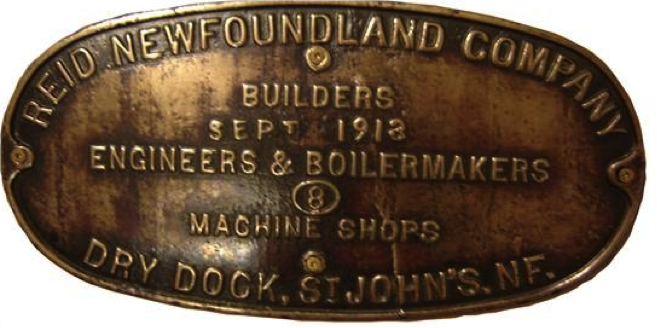How does your product or service help your customers win?
I’ve been doing some marketing consulting with a client lately. When I asked them to describe some of their business-oriented products, I was taken aback when they quoted a litany of specs and features.
So I had to tell them they were putting the cart before the horse. This was a marketing opportunity, and they responded with random product details instead of customer benefits.
The next time they're asked to describe their products, I asked my client to take a Benefits-First approach. Such as: “Customers like you are usually looking to get more done faster. Our product/service will help you get better results 20% faster, at half the cost of the process you're using now.”
And then, instead of droning on, I suggested they ask their prospect the all-important question: "Would you like to hear more?" or "Can I tell you how it works?"
(I learned this long ago from Tom Stoyan, Canada's Sales Coach. Don't talk too long, and always ask for permission to keep going. Otherwise, how do you know you are answering the questions the prospect has in their head?)
This process enables you to assess the client's interest level before you head too far in the wrong direction. You’ll get important feedback, whether the prospect says “Yeah, that sounds really interesting,” or, “No, that not what I need.”
Either way, you get to lead with HOW YOUR PRODUCTS and SERVICES CREATE VALUE FOR CUSTOMERS, rather than “here's how our products work.” Because no one cares how a product works until they believe it can help them.
BBF. Benefits before features.
GET TO THE POINT!
Why is BBF so important?
Because business communication is simple, yet also really, really hard. The simplest part is the challenge we start with: managers and executives are smart people, but very busy and time-challenged. That often turns into impatience. If they don't understand a message, they are more likely to ignore it and forget about it than to take the time to do more research or ask questions.
So it's essential for business communications to speak plainly and establish genuine connection as quickly as possible. Few business decision-makers have the time to offer you a second chance.
The hard part, then, is to find the right words with which to engage business buyers. Your language has to be simple and comfortable, yet put together in a novel, disciplined way that makes them insightful and compelling.
The pressure is always on business leaders to accomplish more with the same resources (or less). So they are ALWAYS looking for better ways to get results. But experience tells them that most vendors add zero value, so they work hard to screen out every marketing claim they hear.
So our job is to establish credibility, impress people with our talent and potential, and give them a precise estimate of the benefits they can achieve by working with us. To break through those screens, quickly and memorably.
The most valuable benefits most business leaders seek are usually cost savings, higher sales, performance improvements, or some combination thereof.
So every
client/prospect communication has to be about customer benefit: how much we can
save them, or how our products/services can increase their effectiveness or
capacity or profitability. You do this with a complex, ever-changing blend of research,
rules of thumb, stories and anecdotes, customer testimonials, and so on.
Until we’ve
engaged prospects with our benefits promise, they're not even listening.
Because they are always busy thinking, “Get to the point. What's in this for
me?”

